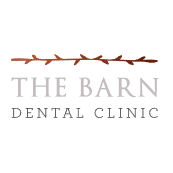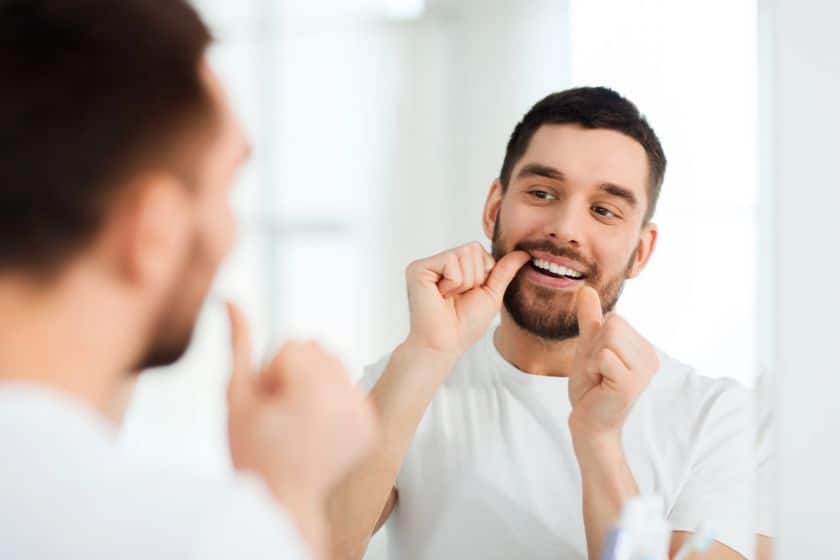When it comes to maintaining a radiant smile and optimal oral health, brushing often takes centre stage. However, there’s another crucial player in this daily routine that deserves equal attention: flossing. Despite its significance, many overlook this simple practice, not realizing the profound impact it has on dental and overall health.
Why Flossing Matters
Brushing cleans the surfaces of your teeth, but it can’t reach the tight spaces between them. Flossing bridges this gap by removing food particles and plaque from areas your toothbrush can’t access. Neglecting these spaces can lead to plaque build-up, which, if not addressed, hardens into tartar—a substance only a dental professional can remove. Tartar accumulation can result in gum disease, cavities, and even tooth loss.
Benefits of Regular Flossing
- Prevents Gum Disease: Flossing removes plaque from the gumline, reducing the risk of gingivitis and periodontitis.
- Reduces Cavities: By eliminating food particles and plaque between teeth, flossing decreases the chances of tooth decay.
- Combats Bad Breath: Flossing helps remove odor-causing debris, ensuring fresher breath.
- Enhances Overall Health: Poor oral hygiene has been linked to systemic conditions like heart disease and diabetes. Regular flossing contributes to better overall health.
Flossing Techniques and Tools
- Traditional Floss: A simple string of nylon or Teflon, ideal for those with standard spacing between teeth.
- Floss Picks: Handy for on-the-go use, especially for those who find traditional floss challenging.
- Water Flossers: Devices that use a stream of water to clean between teeth, suitable for individuals with braces or dental implants.
- Interdental Brushes: Small brushes designed to clean between teeth, particularly effective for larger gaps.
Incorporating Flossing into Your Routine
- Consistency is Key: Aim to floss at least once a day, preferably before bedtime.
- Gentle Technique: Avoid snapping the floss into your gums. Instead, slide it gently between teeth and curve it around each tooth in a “C” shape.
- Stay Informed: Regular dental check-ups can provide personalized advice on flossing techniques and tools best suited for your needs.
Common Myths Debunked
- “I don’t need to floss if I brush well.” Brushing alone can’t remove all plaque, especially between teeth.
- “Flossing is painful.” Discomfort often arises from improper technique or existing gum issues. With correct method and consistency, flossing should be painless.
- “My gums bleed when I floss, so I should stop.” Bleeding gums can be a sign of inflammation. Regular flossing can improve gum health and reduce bleeding over time.
Conclusion
Flossing is more than just an add-on to your brushing routine; it’s a fundamental component of oral hygiene. By dedicating a few minutes each day to flossing, you invest in a healthier mouth and a brighter smile. At Stag Dental, we’re committed to guiding you on every step of your dental health journey. If you have questions or need personalized advice on flossing techniques, don’t hesitate to reach out to our team.
Book Your Consultation Today
Whether your wedding day is around the corner or you’re planning ahead, a whiter, more confident smile is within reach. At The Barn Dental Clinic, we’re proud to help people look and feel amazing for life’s biggest moments – and wedding season is no exception.
Your smile will be captured in memories that last a lifetime – make sure it’s one you’re proud of.
Book your FREE consultation with our care coordinator Sarah today!
Or call us at 01722 414285
Other Free Dental Advice
Read Our Blog – How Does SureSmile Work? Explaining The Process
Read Our Blog – How Can I Get Straight Teeth and Reclaim My Confidence?
Follow us on Social Media:
Facebook – The Barn Dental Clinic
Instagram – The Barn Dental Clinic


